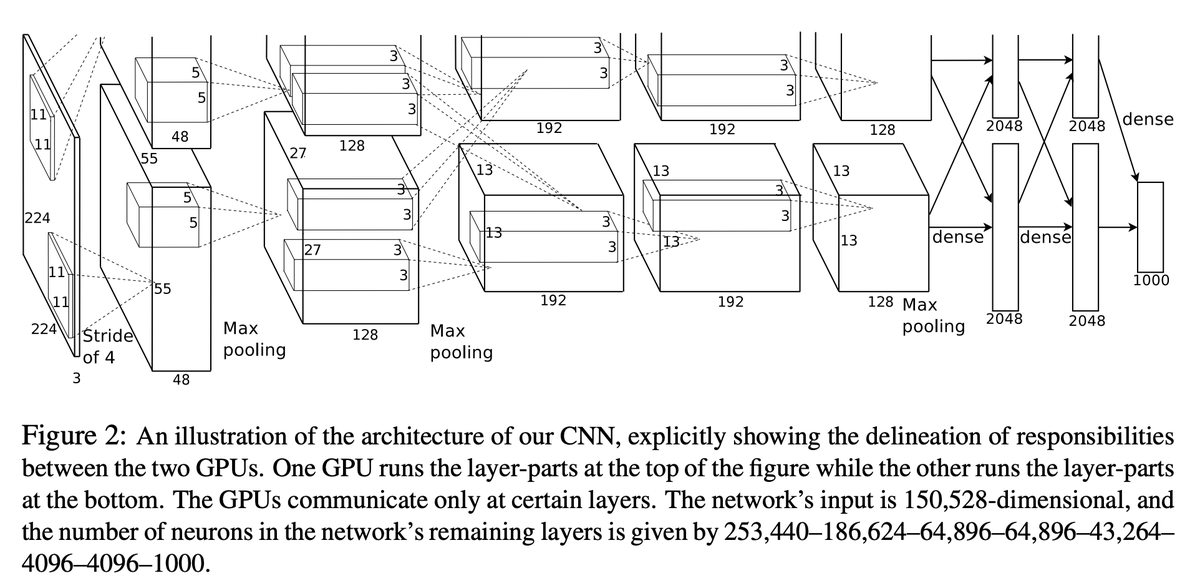
Grari Vincent
@grarivincent
Fellow at @Stanford University & Researcher @trail_lab US | Responsible AI | Ph.D. from @Sorbonne_Univ_ @mlia_isir
ID: 1074707291058962432
17-12-2018 16:46:00
39 Tweet
89 Followers
185 Following




📢Excited to share our new NEJM AI paper studying clinical adoption of #AI using billions of insurance claims! onepub-media.nejmgroup-production.org/ai/media/b35da…? We found that most US medical AI claims come from a few AI models (eg diabetic retinopathy), which are more likely to be used near academic






Mara Graziani Accepted papers at TMLR Nice work! You might be interested about this one where we use NMF instead. arxiv.org/abs/2211.10154

We are presenting our poster on links between GANs and Diffusion at Neurips. Don't be scared by the formalism, Jean-Yves Franceschi is awesome and will explain everything intuitively!


🥳🥳🥳Our work on algorithmic fairness generalization has been accepted to #ICLR2024! TRAIL - Trustworthy and Responsible AI Lab Written with Grari Vincent Tatsunori Hashimoto Sylvain Lamprier Marcin Detyniecki during my visiting stay CodeX Stanford ❤️ Paper: arxiv.org/abs/2310.18413 Some details below 👇






Attending #ICLR2024 ? Join Grari Vincent and I this afternoon at 4:30pm for our poster session! In our work, we propose a new method, ROAD, to build models that are not only fair globally, but locally as well!









